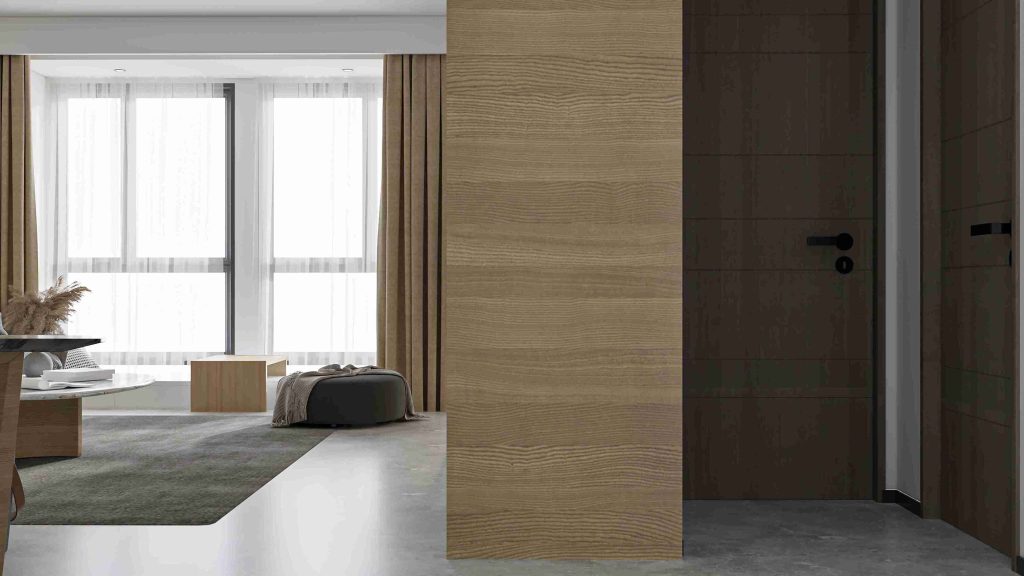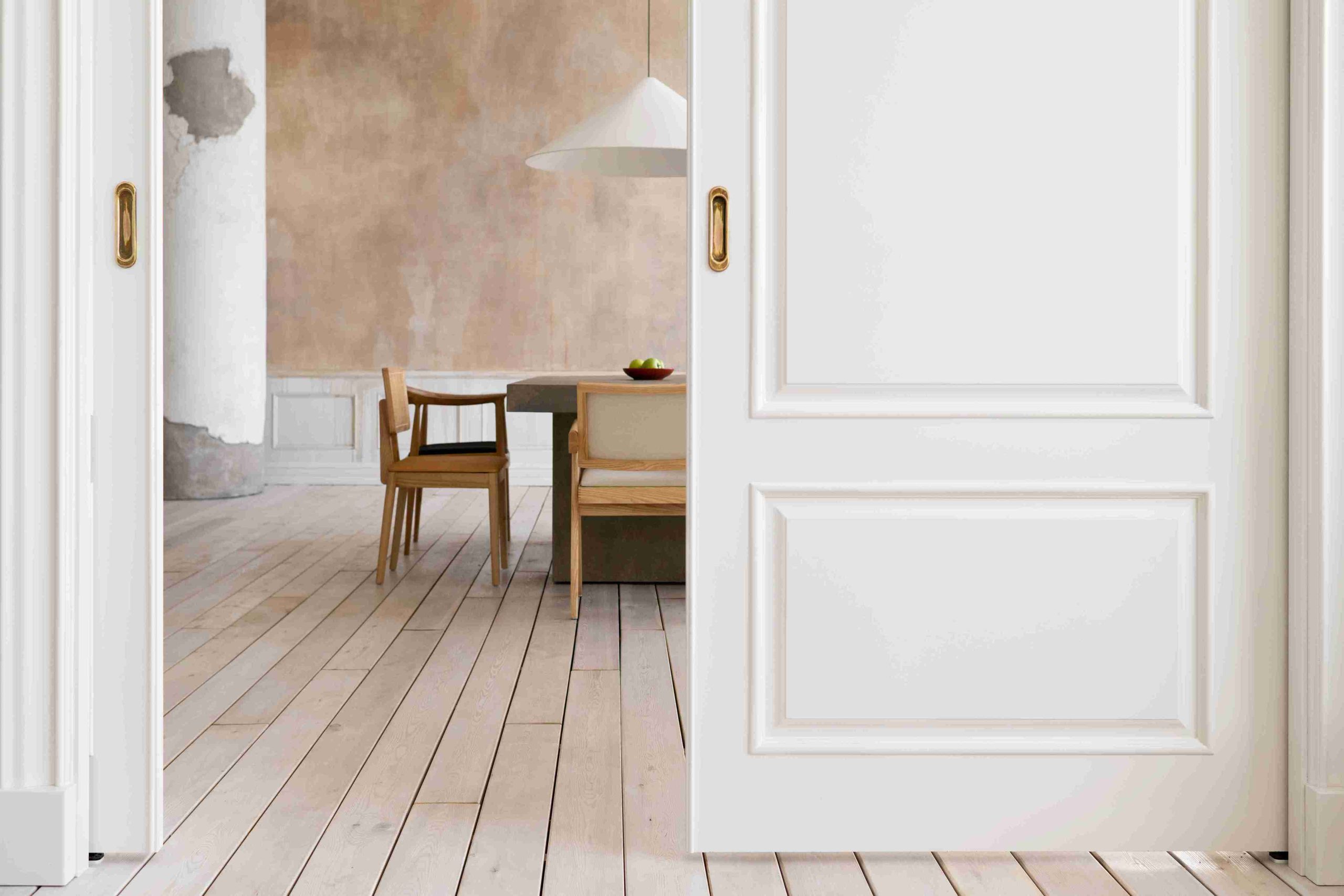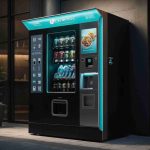Modern architecture values both function and aesthetics. Every detail, from the entrance to the smallest interior element, plays a part in shaping a unified design. Among these details, PVC veneer interior doors and perforated metal curtain walls are gaining attention for their versatility and visual appeal. Though these elements seem different in nature, their combination can result in architectural harmony.
Together, they blend warmth, modernity, and durability, giving designers a new way to balance texture and technology in contemporary spaces.
How Do PVC Veneer Interior Doors Contribute to Modern Interior Design?
PVC veneer interior doors have become a preferred choice in modern construction due to their refined appearance and practical advantages. These doors mimic the natural look of wood while offering greater resistance to moisture, scratching, and fading. Unlike traditional wooden doors, PVC veneer surfaces maintain their finish without the need for frequent polishing or varnishing. This durability makes them ideal for residential, commercial, and hospitality interiors where daily use demands strength and stability.
In architectural design, these doors serve more than just a functional purpose. Their clean lines, smooth finishes, and customizable patterns contribute to the overall aesthetic flow of a space. They can be manufactured in various textures, from matte wood grain to glossy lacquer, allowing them to complement any interior style. The neutral and natural tones of PVC veneer doors create visual warmth, providing a soft counterbalance to metal and glass structures often used in modern architecture.
When integrated into a larger design that includes perforated metal curtain walls, these doors help bridge the gap between industrial materials and residential comfort. The result is a seamless transition between exterior and interior design elements.
What Role Do Perforated Metal Curtain Walls Play in Contemporary Architecture?
A perforated metal curtain wall is a defining feature of many modern buildings. It provides not only a sleek, futuristic façade but also functional benefits like light filtration, ventilation, and shading. These walls are typically made from aluminum or steel panels that have been perforated in geometric or decorative patterns. Their main purpose is to enhance the building envelope while controlling environmental conditions inside.
Architects favor perforated metal curtain walls for their versatility. They allow light to pass through while maintaining privacy and protection from direct sunlight. This makes them energy-efficient, as they help reduce cooling loads in warm climates. Additionally, the metal’s reflective surface adds depth and character to the building’s exterior, making it stand out while maintaining structural integrity.
The texture and rhythm of a perforated metal curtain wall contrast beautifully with smooth interior surfaces like PVC veneer doors. This contrast creates a dynamic interplay between materials. Metal introduces a cool, industrial tone, while PVC veneer adds warmth and refinement, resulting in a balanced and cohesive architectural style.
How Can Designers Combine PVC Veneer Interior Doors and Perforated Metal Curtain Walls for Cohesion?

The key to creating architectural unity lies in thoughtful material coordination. PVC veneer interior doors and perforated metal curtain walls can work together harmoniously when designers consider color, texture, and pattern alignment. For instance, using metal finishes that echo the tone of the door veneers can establish visual continuity between exterior and interior spaces.
Designers often choose muted metallic shades like bronze, champagne, or brushed steel to complement natural wood-inspired PVC veneers. This combination achieves both contrast and harmony, merging organic warmth with modern precision. The linear grain patterns of the doors can also mirror the perforation geometry on the curtain wall, producing a consistent design language that carries through the entire building.
Lighting design further enhances this connection. When natural light filters through the perforated metal panels, it casts patterned shadows onto interior surfaces. These light effects can highlight the textures of PVC veneer doors, enriching the visual depth of the space. Through strategic placement and proportion, architects can make these two materials appear as intentional parts of a single composition rather than isolated design elements.
Why Is the Combination of These Materials Ideal for Modern and Sustainable Architecture?
The integration of PVC veneer interior doors and perforated metal curtain walls aligns with the principles of modern sustainable architecture. Both materials offer durability, low maintenance, and energy efficiency. PVC veneer doors resist moisture and wear, which reduces the need for frequent replacements or refinishing. This not only saves resources but also lowers long-term operational costs.
Similarly, perforated metal curtain walls contribute to sustainability through passive environmental control. They regulate sunlight, improve ventilation, and reduce heat gain, minimizing energy consumption for air conditioning. Many perforated panels are made from recyclable materials such as aluminum, making them an environmentally responsible choice.
From an architectural perspective, the fusion of these two materials reflects the evolving trend toward functional aesthetics. The combination allows buildings to embody a balanced look that feels both cutting-edge and inviting. In commercial projects, this blend of metal and PVC veneer conveys professionalism, while in residential or hospitality settings, it delivers comfort and sophistication.
By integrating practicality with visual appeal, designers can achieve spaces that are efficient, enduring, and stylish.
How Does This Combination Influence the Future of Architectural Design?
The collaboration between PVC veneer interior doors and perforated metal curtain walls represents a broader movement toward hybrid material design. Architects today are moving beyond traditional material boundaries to create spaces that appeal to both emotion and efficiency. The combination of warm and cool materials, opaque and transparent textures, and organic and industrial aesthetics defines the modern architectural landscape.
In future projects, this material synergy will continue to evolve. Designers are already exploring smart integration, such as sensor-equipped doors and adaptive curtain walls that adjust perforation levels based on light conditions. These innovations could further enhance energy management and user comfort, making the design not only cohesive but also intelligent.
Conclusion:
Cohesion in architecture is achieved when different materials complement rather than compete with each other. PVC veneer interior doors and perforated metal curtain walls exemplify this balance. Together, they blend warmth, elegance, and modern structure to form a unified design that resonates with both functionality and style.
Their combination enhances visual appeal, supports sustainability, and strengthens the identity of modern spaces. For architects seeking to create environments that are both timeless and innovative, this partnership between PVC veneer and perforated metal offers the perfect blueprint for cohesive architectural design.

